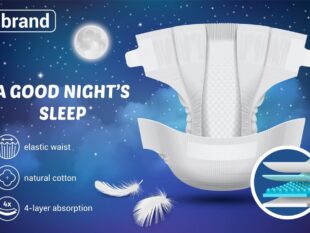3 Inexpensive Ways to Reduce Allergens in Your Office
by Arina Smith Management Published on: 12 May 2018 Last Updated on: 16 July 2024

May is National Asthma and Allergy Awareness Month, and the 26 million Americans that suffer from hay fever are heading to the doctor for immunotherapy and over the counter medications. According to the Asthma and Allergy Foundation of America (AAFA), $18 billion is spent annually in the United States to relieve sufferers from their debilitating symptoms.
In light of these statistics, many corporations, health care professionals, and families are participating in groundbreaking government and nonprofit educational campaigns to educate, alleviate the causes, and increase productivity for employees who experience this chronic illness.
1. Maintain High Indoor Air Quality With HVAC Service :

Companies are well aware of the importance of good indoor air flow for employee performance and overall well-being in the office. Routine HVAC system maintenance is imperative to removing allergens and contaminants and is the best practice for health and safety standards.
The Occupational Safety and Health Administration supports employers with a maintenance and inspection service checklist which lists filtration, drainage, cooling towers, humidifiers, and duct cleaning. Professional advice and certification programs are readily available for office personnel to save thousands in future repair and installation costs. Employers benefit by assuring these procedures are mandatory.
2. Certified Asthma and Allergy Friendly Products Program :
Employees can proactively help their office environment by recommending certified allergy-friendly products. The AAFA and Allergy Standards Limited (ASL) have collaborated to save millions in long-term costs through purchasing office products that have passed rigorous certification processes and earned their unique distinction.
Certified products for office, home and classroom use include paint, insulation, flooring, professional air cleaners, and vacuums. All passed the laboratory tests for known allergy-aggravating contaminants and featured some of the world’s most trusted brand names, including 3M, Dyson, LG, and Proctor & Gamble Co. You can join them now by creating industry white papers using the ASL authority data program.
3. Food Fight for Allergy Defense :
Physicians cannot stress enough that helping your body with its fight against allergens involves having a well-balanced diet. Fortunately, research has found specific foods that aid our body’s immune system to fight allergic reactions. For example, peppers, berries, and onions contain quercetin, a plant chemical known to reduce histamine response. Bromelain is found in pineapples and can help asthma patients reduce irritation. A study in Japan resulted in lower rates of hay fever for those who consumed a diet high in fish. Kefir and honey are other doctor-recommended foods you should consider to ward off an allergen attack.
If all else fails and you cannot treat your allergy and asthma illness yourself with these recommendations, be sure to visit an allergist or immunologist. These medical experts are specially trained to develop an individualized plan based on your family history, symptoms, and environment. You can expect the allergy tests to narrow down the list of culprits that are causing your symptoms. Dedicate yourself to making a difference this year during May Asthma and Allergy Awareness Month, and improve the quality of your life and others around you all year.
Read Also :







































































































